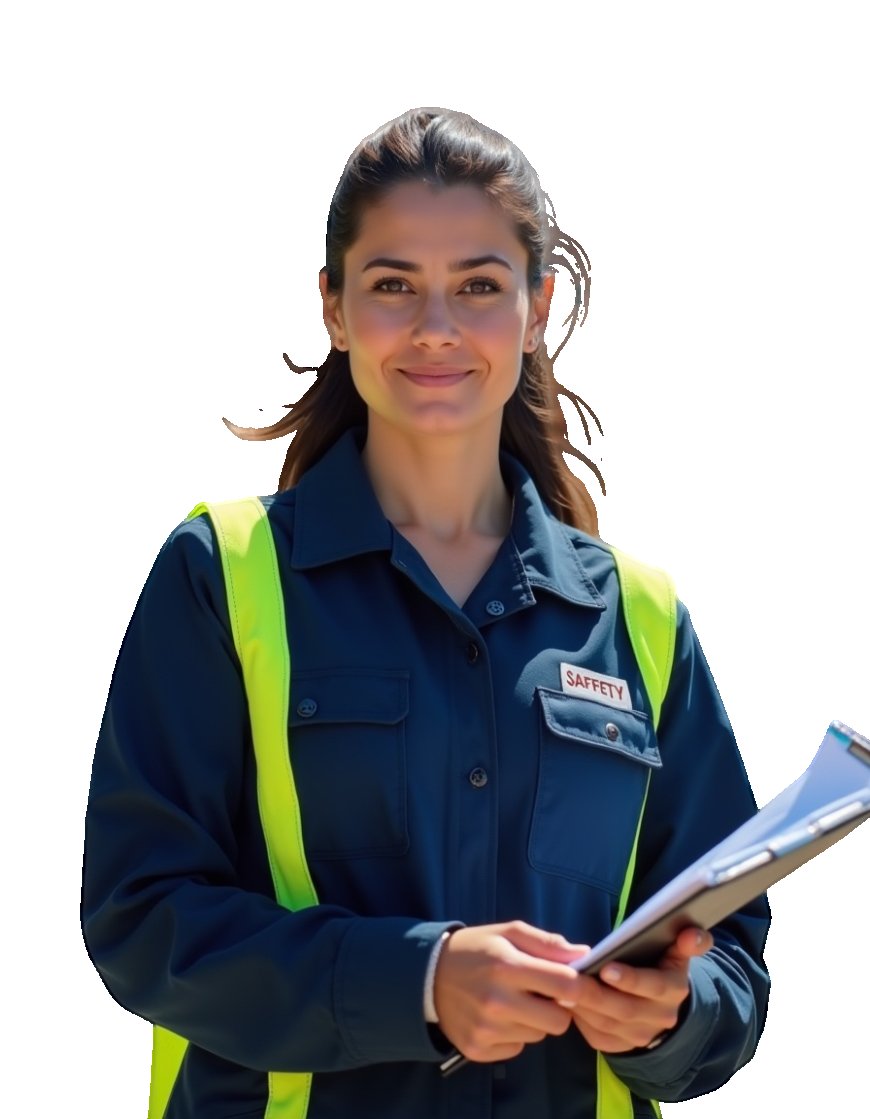Why Meticulous Record‑Keeping Improves Safety and Legal Compliance
Learn why meticulous record-keeping is key to workplace safety and compliance. Discover steps to manage hazards and how NEBOSH training in Pakistan boosts skills.

When it comes to keeping a workplace safe, many people immediately think of safety equipment, alarms, or training sessions. However, one of the most overlooked aspects of workplace hazard management is meticulous record?keeping. In factories, construction sites, laboratories, or even office settings, proper documentation does far more than just store informationit actively reduces risks and strengthens compliance with regulations.
Before we dive in, many professionals often consider upgrading their qualifications to understand these obligations better. For example, when evaluating NEBOSH course fees, many safety managers realize the cost is actually a valuable investment. The skills gained through structured safety education often make record?keeping and compliance much easier to handle in real life.
Understanding Why Records Matter in a Hazard?Prone Environment
Think about a busy production floor with machines humming, forklifts moving, and chemical containers stored in labeled racks. Every day, hundreds of small details happen that could turn into major incidents if ignored. Keeping logswhether maintenance sheets, inspection reports, or near?miss registershelps leaders see patterns.
A safety officer once shared a story about a small leak in a pressure pipe that was repeatedly patched without proper recording. Months later, that pipe burst, causing not only an expensive cleanup but also a legal investigation. If records had been properly maintained, the warning signs would have been clear. This shows how documentation can prevent disasters before they happen.
Step?by?Step Guide to Smarter Record?Keeping
Step 1: Identify What Needs to Be Documented
Start by listing all areas where hazards are presentchemical storage, machine maintenance, electrical panels, or even repetitive strain injury reports. Ask yourself: If something goes wrong here, would I have written proof of inspections and actions?
Step 2: Choose Clear Templates
Whether digital or paper, use forms that are easy to fill out. A cluttered sheet discourages workers from recording details. Many safety managers use apps that guide staff step by step, ensuring no critical data is missed.
Step 3: Train the Team
Even the best system fails if people dont know how to use it. Conduct short training sessions. Share real examples where good records avoided fines or injuries. This motivates teams to take record?keeping seriously.
Step 4: Review Regularly
Set a schedulemaybe weekly or monthlyto review logs. Look for trends, such as repeated slips in the same hallway or a machine part that keeps failing. By spotting patterns early, you can act before something more serious happens.
Linking Documentation with Legal Confidence
In workplaces, hazards often overlap with strict legal standards. Inspectors or auditors rarely accept verbal assurances; they want written proof. Imagine a warehouse fire. An investigator will ask: Were fire drills conducted? Was equipment inspected? Without documentation, even if you did everything correctly, it is hard to prove.
One company faced heavy penalties not because they ignored hazards, but because they couldnt provide inspection records. Since then, they implemented a digital system that automatically timestamps every safety action. When an audit came around the following year, they passed with no issues and even earned a safety award.
The Ripple Effect of Good Record?Keeping
Meticulous records do more than just meet regulations. They create a culture of responsibility. When workers know that every incident, maintenance check, or safety talk is logged, they pay more attention.
A construction foreman once said that his crews attitude changed completely after they started logging daily tool inspections. Accidents dropped, and morale improved because everyone felt the site was actively managed. This ripple effect turns simple paperwork into a powerful safety habit.
How It Saves Money and Builds Trust
Many managers fear that focusing on records will slow down work. In reality, it saves both time and money. Instead of spending hours after an incident reconstructing what happened, you have an accurate trail.
This is also where professional development comes in. People who explore safety qualifications often compare NEBOSH course fees and notice that gaining this knowledge allows them to manage workplace hazards more confidently. Learning how to document hazards, interpret risk assessments, and meet legal standards is a long?term investment that pays off in every inspection and audit.
Common Challenges and Practical Solutions
Challenge 1: Employees Forget to Log Details
Solution: Create reminders or assign clear responsibilities. Some sites even rotate a record champion weekly to encourage teamwork.
Challenge 2: Piles of Paperwork
Solution: Transition to digital logs. Cloud systems can store inspection photos, signatures, and notes, making retrieval easy during audits.
Challenge 3: Fear of Blame
Solution: Remind teams that documentation is about improvement, not punishment. Share success stories where records prevented bigger problems.
Real-Life Anecdote: The Forklift Incident
At a logistics hub, a minor collision between a forklift and a storage rack was brushed aside. No one logged it. Weeks later, another collision in the same spot led to a collapse of stacked materials. The investigation revealed that a small shift in the racks alignment after the first incident had gone unnoticed. Had the first incident been recorded, repairs could have been made, preventing the major accident.
This story often circulates in safety seminars, illustrating how something as simple as a written entry can stop a hazard from growing.
Building Confidence Through Education
When a manager knows exactly how to maintain records and why they matter, they operate with confidence. This knowledge often comes from professional certifications, and many safety professionals explore the NEBOSH Fee in Pakistan to plan their education budget. By understanding these costs and the value behind them, they prepare themselves to handle documentation requirements with skill.
Why Meticulous Records Make Audits Stress?Free
When external auditors arrive, those who have maintained detailed records often experience smooth inspections. Instead of scrambling to gather documents, they can produce logs instantly. This not only avoids penalties but also builds a reputation for reliability, which clients and regulatory bodies deeply appreciate.
A Step Toward Safer Workplaces
Meticulous record?keeping might not look glamorous, but it is one of the most powerful tools in hazard management. It protects workers, keeps organizations legally secure, and builds trust with clients and regulators alike. By setting up clear processes, training your team, and reviewing your logs regularly, you are investing in a safer future.
If youve ever doubted whether detailed documentation is worth the effort, think about the accidents that could have been prevented and the legal challenges you could avoid. Start today, and youll soon see that careful records are not just paperworktheyre a shield against hazards and a bridge to a safer, more compliant workplace.





























